Caroline Dumas is well known in Quebec where the successful Montreal restaurateur often appears on television and in the press. Her reputation was solidified in 2010 when she published, in French, SoupeSoup, a popular cookbook bearing the name of her mini-chain of restaurants that serve (obviously) soups and other wholesome foods cooked from scratch. Like its cover explains, it features 65 soup recipes, 40 salads and 40 sandwiches as well as a few desserts. It’s down home, simple cooking, often with a little twist of flavour from a herb, and anchovy fillet or squeeze of lemon. The recipes, which come accompanied by simply shot colour photographs by Dominique Lafond, would not look out of place in a book by Jamie Oliver or Donna Hay. It sold well enough that she’s since published a follow-up French language cookbook, SoupeSoup À La Maison.
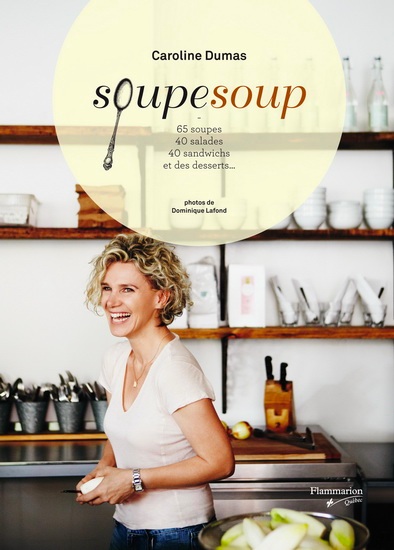 The English version SoupeSoup the cookbook came out late last year. Beyond a smattering of (glowing) anglophone press in Montreal and Ottawa, SoupeSoup en anglais seems to have gotten missed in the big Christmas season rush in the rest of the country, which is too bad. SoupeSoup is particularly interesting because it has the potential to change the way we cook at home in a quiet, but neverthless radical, way.
The English version SoupeSoup the cookbook came out late last year. Beyond a smattering of (glowing) anglophone press in Montreal and Ottawa, SoupeSoup en anglais seems to have gotten missed in the big Christmas season rush in the rest of the country, which is too bad. SoupeSoup is particularly interesting because it has the potential to change the way we cook at home in a quiet, but neverthless radical, way.
I spoke to Caroline Dumas on the phone recently and fleshed out the story of her culinary career. She grew up in the agricultural heartland of the Beauce, which both gave her an early appreciation of fresh from the ground food but also meant she has been able to create a network of suppliers from the region for her restaurants based on her family connections. Before she opened the first SoupeSoup on rue Duluth in the Plateau, Dumas worked in the film catering business. She loved the work, but when she had her first child she decided she had better adjust her career. As she explained, “When I had my daughter it was hard, because [with film work] you always know when you are going to start, but you never know when you are going to finish.”
Dumas decided to specialise in soup because she figured she could make it ahead of time and serve it to order – not unlike her catering jobs. She added, “I didn’t go to culinary school – I was nervous because I had no chef training – so, It bought if I make soup I will have more time to get it right.” Relying on her suppliers from the Beauce, Dumas quickly built up a large repertoire of different soups (and salads and sandwiches) to accommodate for seasonality and the availability or lack thereof of different ingredients. This also meant making soup in a different way.
Dumas does not use stock. Instead she perfected a layering of flavours through aromatics, herbs and spices as the base for her recipes. She developed this technique because of two practicalities. First, time: making stock requires extra labour. Second, availability of ingredients: making stock means using meat, or at least the bones from animals. Since Dumas used small producers, she wouldn’t always, for instance, have chickens in her fridge. Even now, with half a dozen restaurants, Dumas keeps her menu fluid in this way and trains her cooks to make stockless soups, whether they are vegetarian recipes or not. At home, the technique is equally liberating and SoupeSoup the book is full of recipes that require nothing more than what could quite reasonably be found in a well stocked (no pun intended) kitchen.
 Malcolm Jolley is a founding editor of Good Food Revolution and Executive Director of Good Food Media, the not-for-profit corporation which publishes it. Follow him at twitter.com/malcolmjolley
Malcolm Jolley is a founding editor of Good Food Revolution and Executive Director of Good Food Media, the not-for-profit corporation which publishes it. Follow him at twitter.com/malcolmjolley

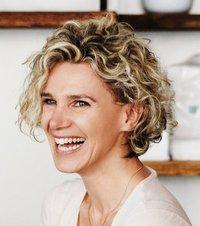
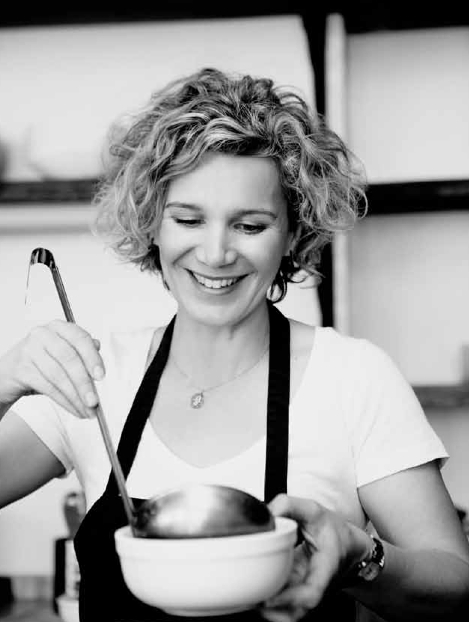


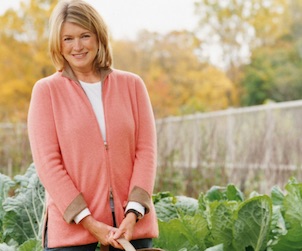
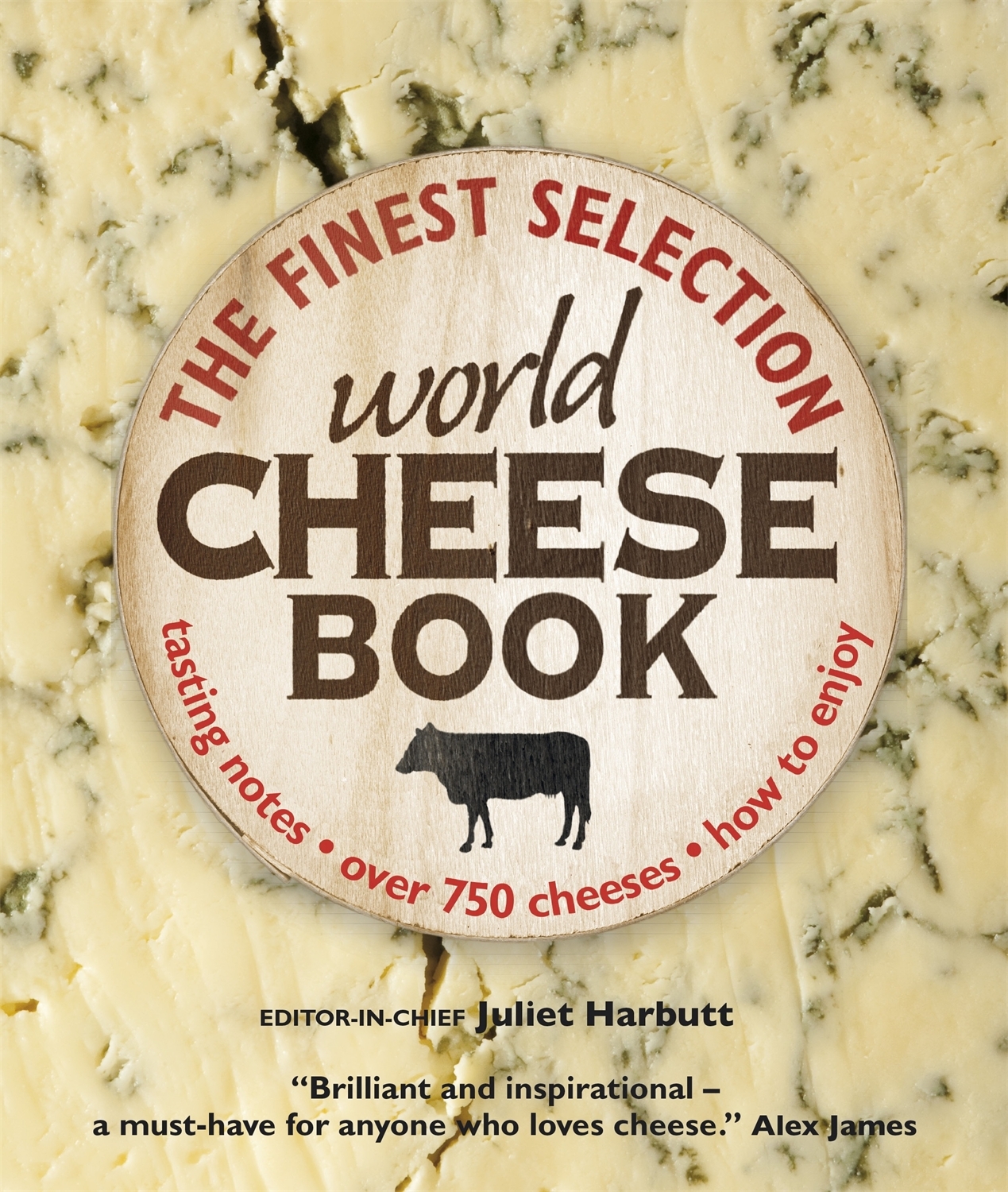
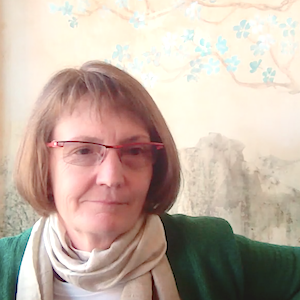

This cookbook is everything you have written and more! However, the reason that the book missed the Christmas book season, at least here in Canada, is that the english version was not available until the 14 of january.
But, here it is early april and it’s hard to find in bookstores because it’s sold out. Happily it’s available on-line.